LaMotte SMART3 User manual
Other LaMotte Measuring Instrument manuals

LaMotte
LaMotte SMART3 User manual
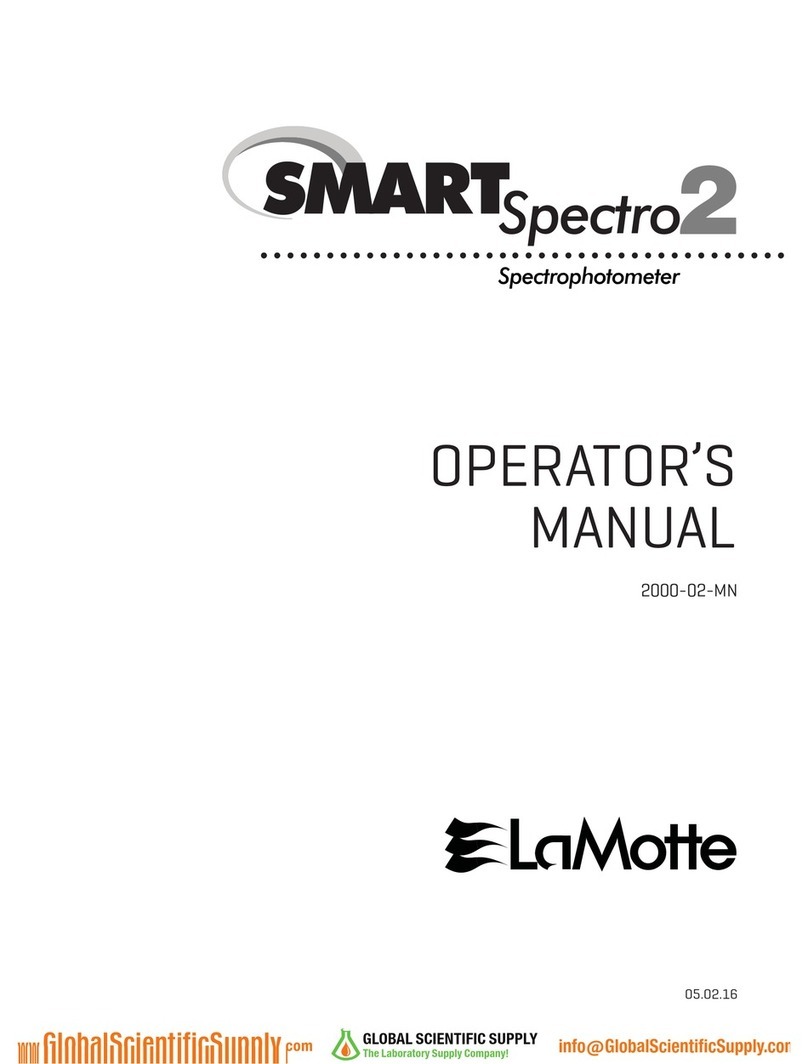
LaMotte
LaMotte smart spectro 2 User manual
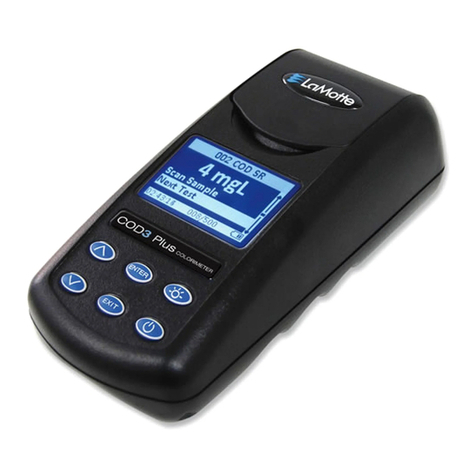
LaMotte
LaMotte COD3 Plus User manual
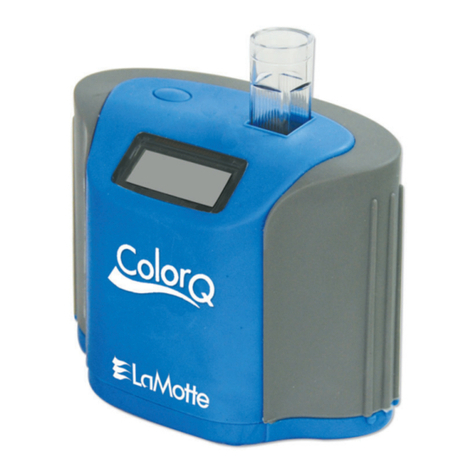
LaMotte
LaMotte ColorQ DW User manual
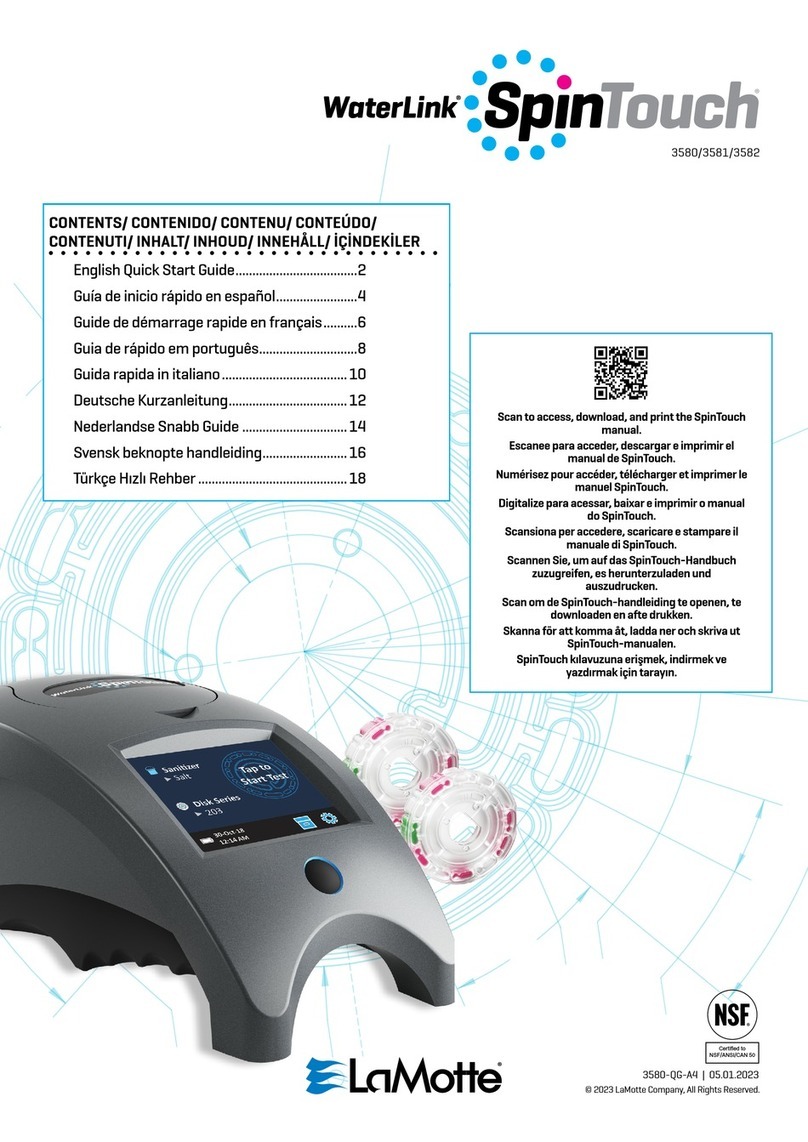
LaMotte
LaMotte WaterLink Spin Touch User manual

LaMotte
LaMotte WaterLink Spin User manual
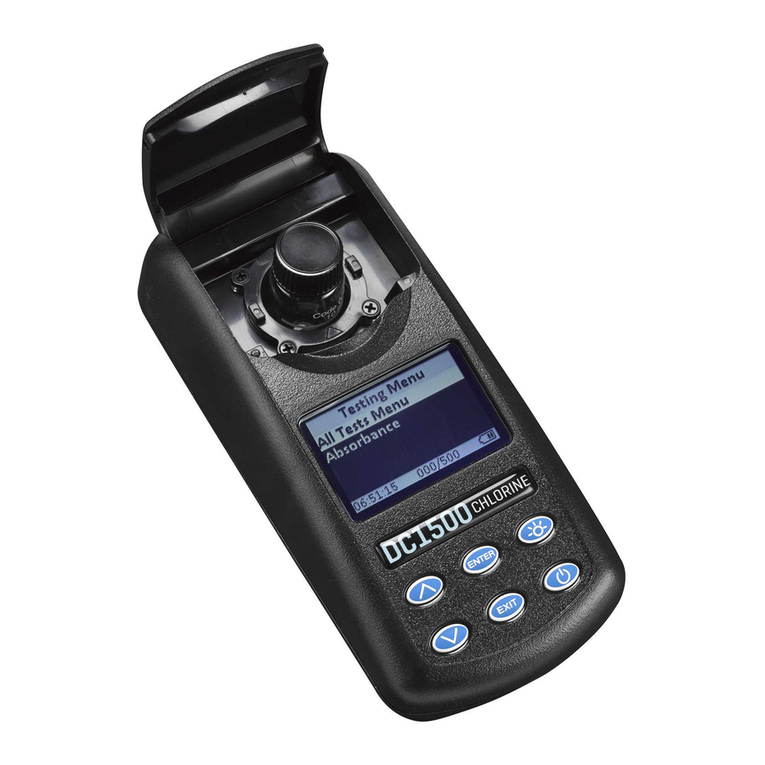
LaMotte
LaMotte DC1500 CHLORINE User manual
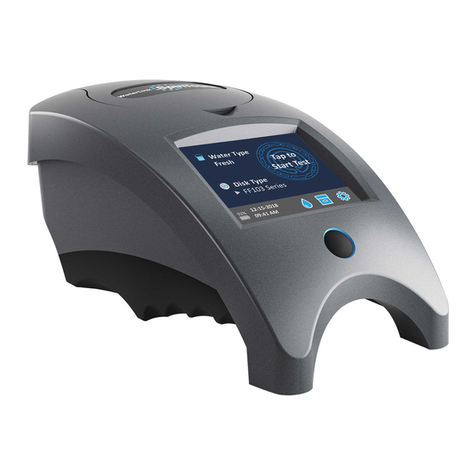
LaMotte
LaMotte WaterLink SpinTouchFF User manual
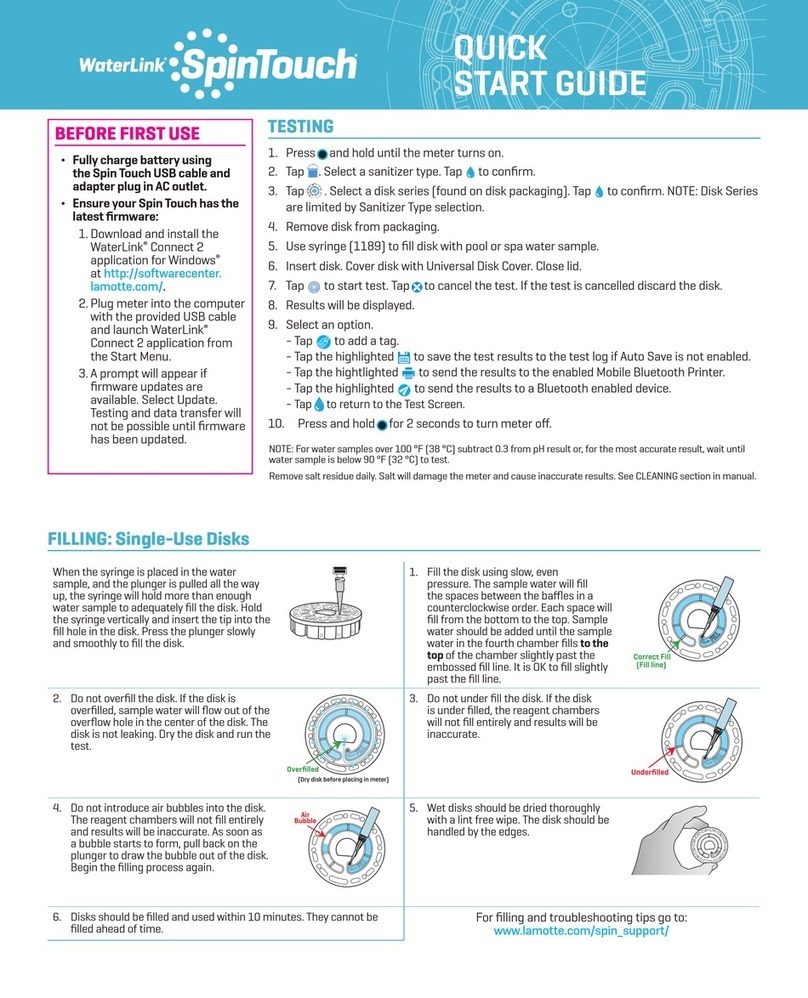
LaMotte
LaMotte WaterLink Spin Touch User manual

LaMotte
LaMotte DC1500 Copper User manual
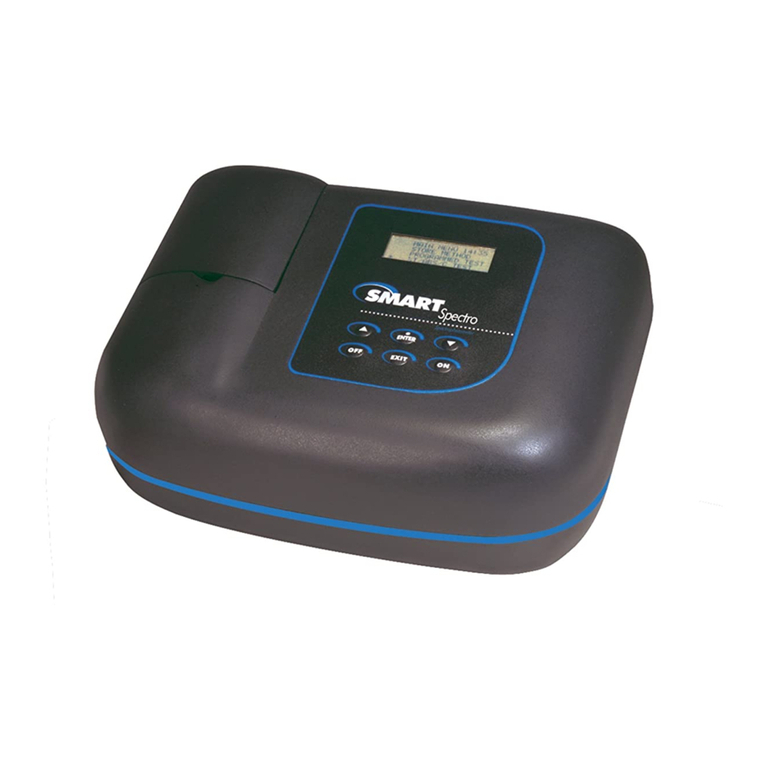
LaMotte
LaMotte SMART Spectro User manual
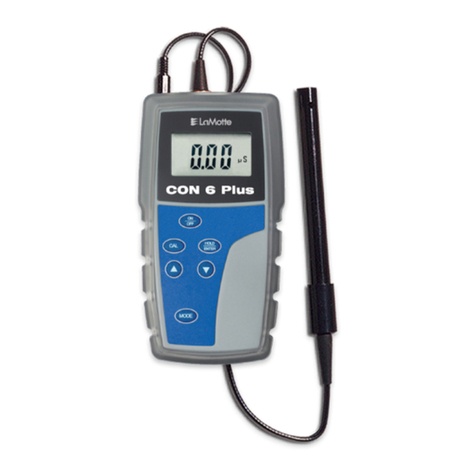
LaMotte
LaMotte CON 6 PLUS User manual

LaMotte
LaMotte 4140-03 User manual
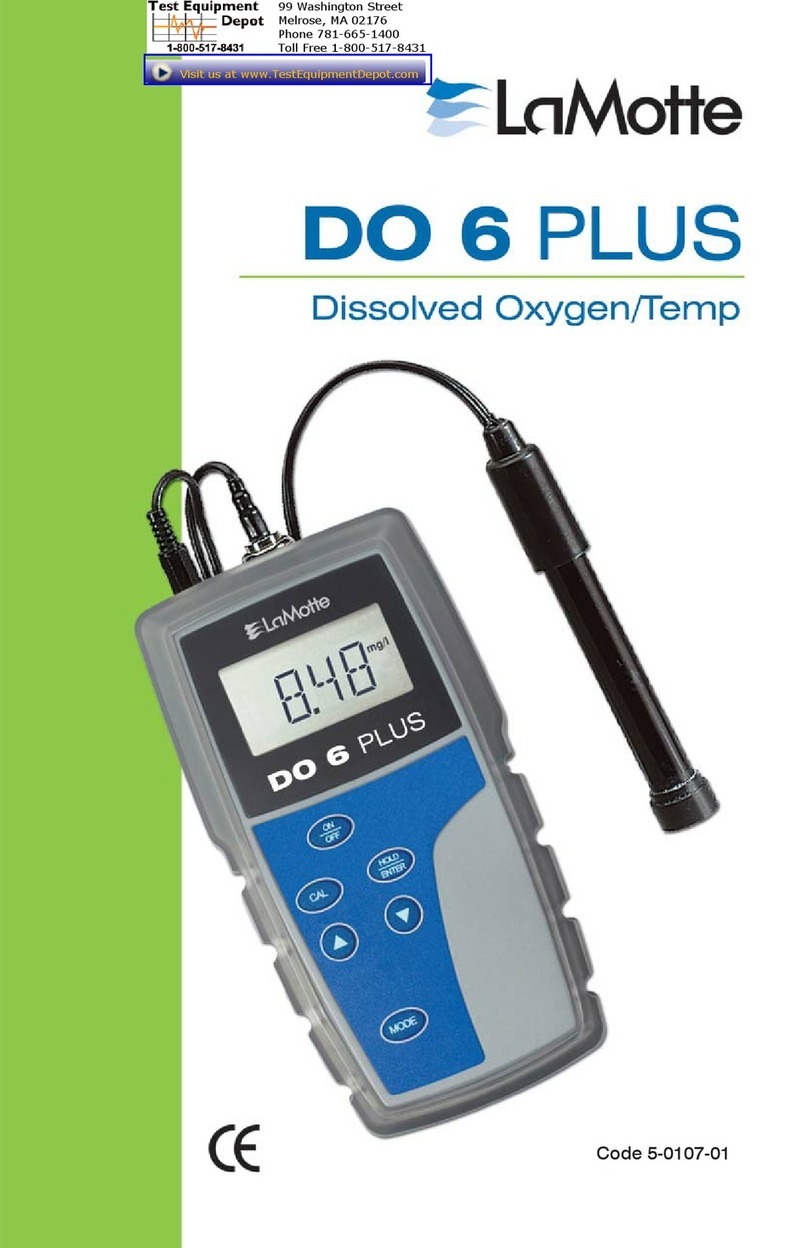
LaMotte
LaMotte DO 6 PLUS User manual
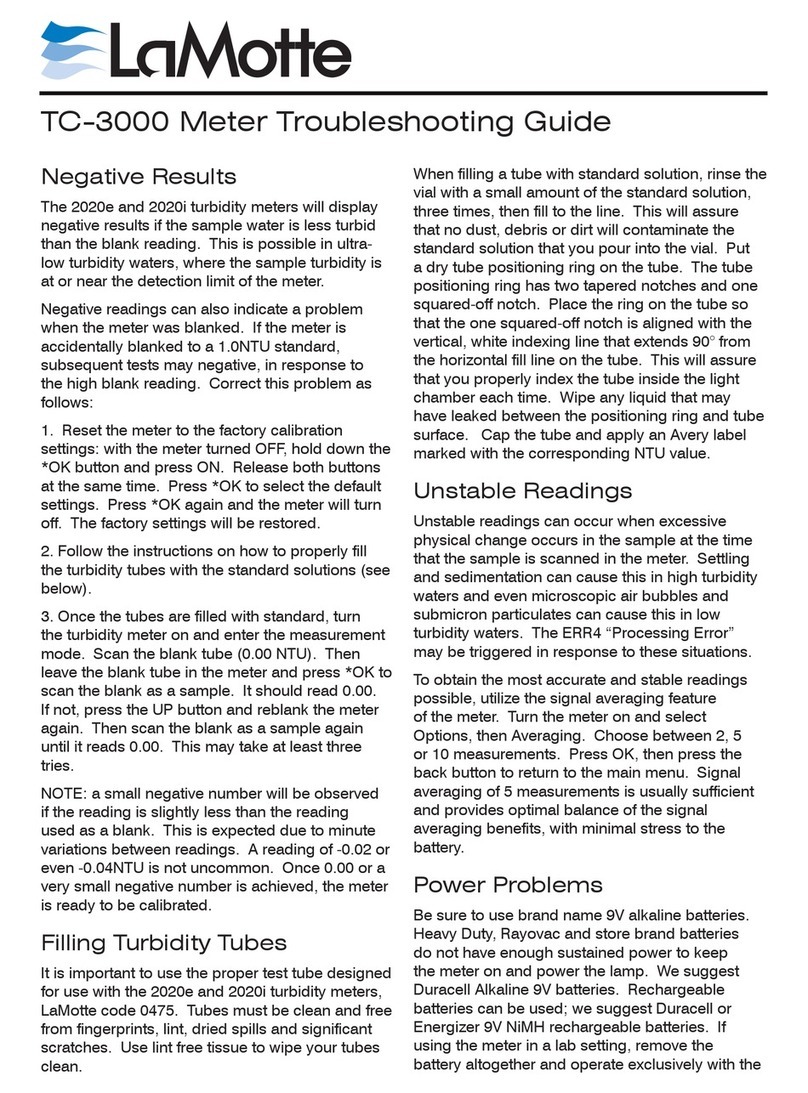
LaMotte
LaMotte TC-3000 User manual
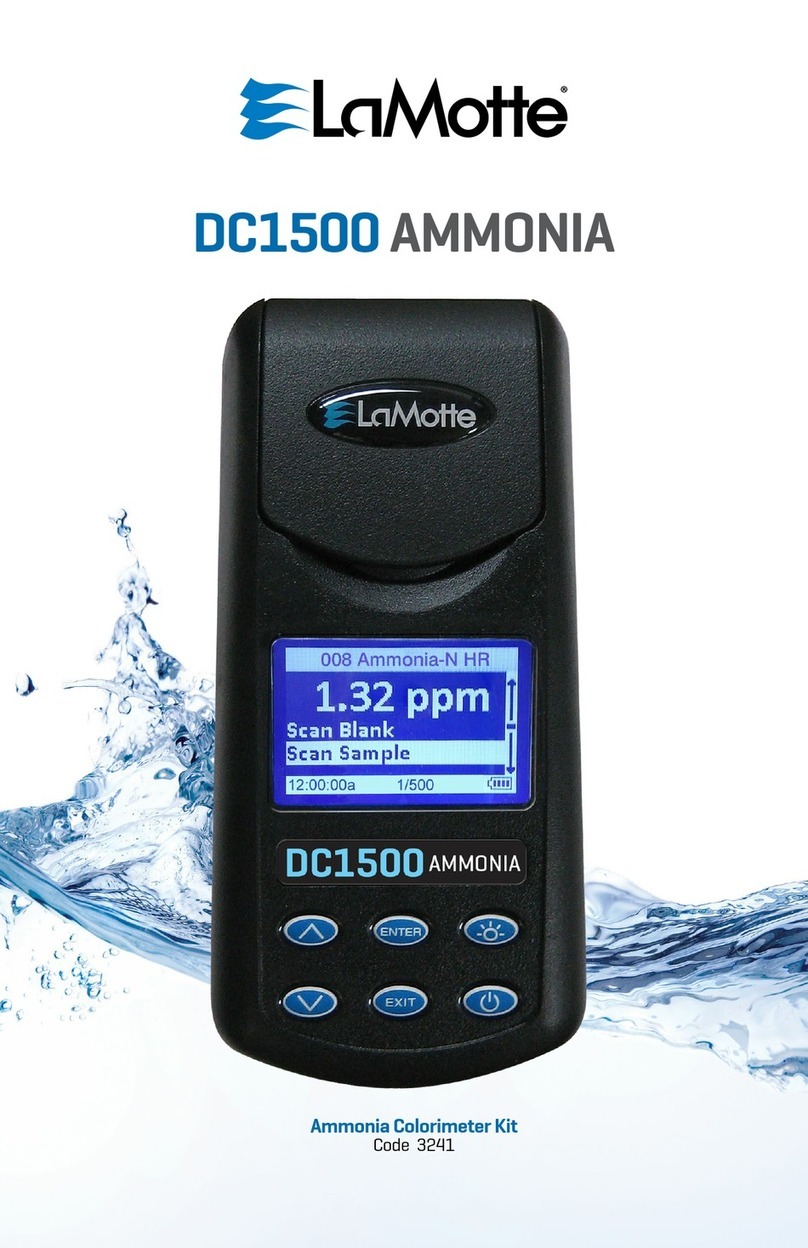
LaMotte
LaMotte DC1500 AMMONIA User manual
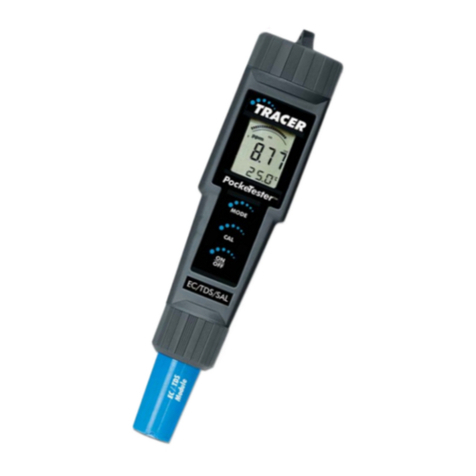
LaMotte
LaMotte TRACER POCKETESTER TDS/SALT/TEMP User manual

LaMotte
LaMotte TC-3000 User manual
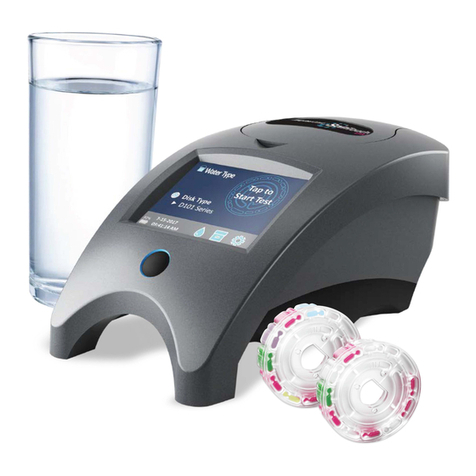
LaMotte
LaMotte WaterLink Spin Touch DW User manual
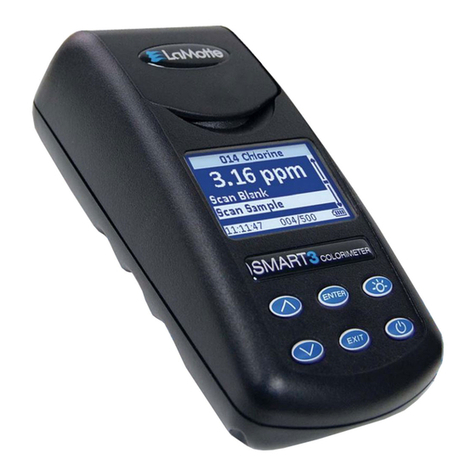
LaMotte
LaMotte SMART3 User manual
Popular Measuring Instrument manuals by other brands

Powerfix Profi
Powerfix Profi 278296 Operation and safety notes

Test Equipment Depot
Test Equipment Depot GVT-427B user manual

Fieldpiece
Fieldpiece ACH Operator's manual

FLYSURFER
FLYSURFER VIRON3 user manual

GMW
GMW TG uni 1 operating manual

Downeaster
Downeaster Wind & Weather Medallion Series instruction manual

Hanna Instruments
Hanna Instruments HI96725C instruction manual

Nokeval
Nokeval KMR260 quick guide

HOKUYO AUTOMATIC
HOKUYO AUTOMATIC UBG-05LN instruction manual

Fluke
Fluke 96000 Series Operator's manual

Test Products International
Test Products International SP565 user manual

General Sleep
General Sleep Zmachine Insight+ DT-200 Service manual



















